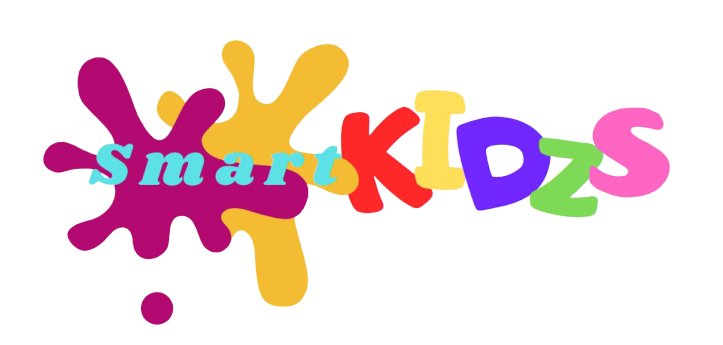The Montessori Method is an innovative educational approach developed by Dr. Maria Montessori in the early 1900s. This method focuses on fostering a child’s natural curiosity, encouraging independence, and nurturing a lifelong love for learning. Unlike traditional teaching methods that rely on direct instruction, the Montessori approach allows children to take the lead, choosing activities that spark their interest in a prepared, child-centered environment.
What is the Montessori Method?
The Montessori Method is rooted in the belief that children are naturally eager to learn. By offering a supportive and stimulating environment, children can explore and learn at their own pace. The teacher, often referred to as a “guide,” plays a minimal role in instruction, allowing children to discover, experiment, and learn from their experiences. This self-directed learning helps to build confidence, concentration, and a deeper understanding of the world.
For instance, instead of a teacher lecturing about numbers, children might learn to count by arranging wooden blocks or counting beads. This hands-on learning approach lets children connect abstract concepts with tangible experiences.
Key Principles of the Montessori Method
-
Child-Centered Learning: In a Montessori classroom, children make choices about what activities to engage in. This fosters independence and helps them take responsibility for their learning journey. By allowing children to pursue their interests, they often remain engaged longer and gain a sense of accomplishment.
-
Hands-On Learning: The Montessori Method emphasizes tactile learning materials to help children understand complex ideas through experience. Materials are designed to be self-correcting, encouraging problem-solving. For example, children working with puzzle blocks learn spatial relationships and patterns on their own, without needing correction from a teacher.
-
Prepared Environment: Montessori classrooms are carefully designed to support independence. Furniture and shelves are scaled down to a child’s size, so they can reach materials without adult help. This layout encourages children to explore freely, fostering a sense of ownership and independence.
-
Mixed-Age Grouping: Montessori classrooms often include children of different ages, typically within a three-year age range. This allows younger children to learn by observing older peers, while older children reinforce their understanding by helping younger ones. This dynamic also builds social skills, empathy, and patience.
Benefits of the Montessori Method
The Montessori Method has numerous benefits for children’s development:
-
Encourages Independence: Children learn to make choices and manage their activities, which can boost self-esteem and self-discipline.
-
Enhances Focus: By allowing children to engage with activities at their own pace, Montessori classrooms support concentration and patience. Children learn to complete tasks without interruptions, helping them build longer attention spans.
-
Promotes Social Skills: In a mixed-age setting, children naturally develop empathy, cooperation, and conflict-resolution skills. Younger children feel inspired by their older classmates, while older children learn leadership and kindness.
Examples of Montessori Learning Activities
-
Practical Life Skills: Montessori classrooms include activities that teach everyday skills, such as pouring water, buttoning clothes, or cleaning up. These exercises build fine motor skills and confidence. For example, a child might practice pouring water from a small pitcher into a glass without spilling. This activity teaches coordination and responsibility, as they are expected to clean up if they spill.
-
Sensorial Activities: Sensorial exercises help children explore the world using their senses. A classic Montessori activity involves sorting colored tablets, which teaches color recognition and grading. Another example is the “Pink Tower,” a set of pink wooden cubes that vary in size, helping children understand size relationships and develop spatial awareness.
-
Language Development: Montessori classrooms often use movable alphabet letters to teach reading and writing. Children arrange the letters to form words, developing their vocabulary and literacy. This hands-on activity makes learning to read and write more interactive and enjoyable.
Montessori in the Home
While Montessori is widely used in schools, many parents apply Montessori principles at home. Creating a “prepared environment” at home can mean having low shelves with accessible toys, involving children in practical life tasks, and allowing them to make choices, like picking out their clothes or setting the table. These simple steps nurture a child’s independence and help them feel capable.
For example, setting up a small table with art supplies lets children decide when to engage in creative play. By giving children access to safe, suitable materials, parents encourage learning through choice, similar to the Montessori classroom setting.
Is Montessori Right for Every Child?
The Montessori Method can benefit a wide range of learners, especially those who enjoy hands-on activities and need independence to thrive. However, it may not suit children who prefer direct instruction or those who require more structured guidance. Every child is unique, and while Montessori may work wonders for some, others may thrive in a different setting.
Final Thoughts
The Montessori Method offers a distinctive approach to learning that empowers children to explore, make decisions, and develop essential life skills at their own pace. By prioritizing independence, creativity, and respect for each child’s natural development, Montessori has inspired millions worldwide.


